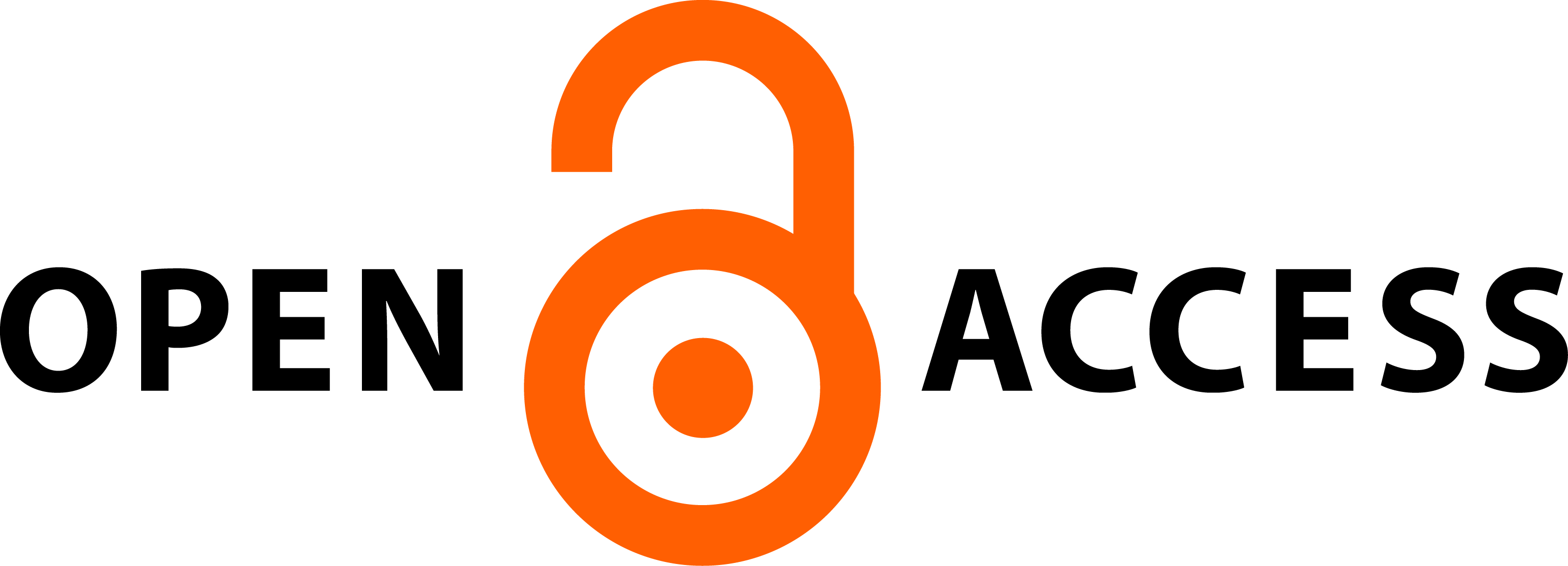ÉLETKORI SAJÁTOSSÁGOK A MOORE-PARADOXONOS MONDATOK MEGÉRTÉSÉBEN KÉTNYELVŰ GYERMEKEKNÉL
Absztrakt
A kétnyelvű gyermekek számos kognitív és végrehajtó funkció működtetésében mutatnak előnyt az egynyelvűekhez képest. Kutatásomban a tudatelmélet fejlődéséhez kapcsolódó képességet vizsgálom kétnyelvű gyermekeknél: a Moore-paradoxonos mondatok megértésének sajátosságait. Ezeket az eredményeket összevetem a szintaktikai tudatosság kompetenciájának fejlődésével. Kutatásom célja, hogy megismerjem a kétnyelvű gyermekek ezen képességeinek jellemzőit, kialakulásuk időpontját, megfigyeljem, hogy mutatnak-e összefüggést egymással. Kérdéseim: Mikor alakul ki a logikai ellentmondást tartalmazó mondatok megértése kétnyelvű gyermekeknél? Hatással van-e a kétnyelvűség típusa a megértés fejlődésére? Összefügg-e a szintaktikai tudatosság képessége és a Moore-paradoxonos mondatok megértése? Kísérletemben nyolcvan szimultán és szukcesszív kétnyelvű 5–8 éves gyermek vett részt. Eredményeim igazolják, hogy a szimultán kétnyelvű gyermekek gyorsabban fejlődnek a szukcesszív kétnyelvűeknél.
Hivatkozások
Baron-Cohen, Simon–Swettenham, John. 1996. The relationship between SAM and ToMM: two hypotheses. In Theories about Theories of Mind, eds. Carruthers, Peter–Smith, Peter K. 330–343. Cambridge: Cambridge University Press.
Bialystok, Ellen. 1991. Metalinguistic dimensions of bilingual language proficiency. In Language processing in bilingual children, ed. Bialystok, Ellen. 113–140. Cambridge: Cambridge University Press.
Bialystok, Ellen. 2006. Language and Literacy Development. In The Handbook of Bilingualism, eds. Bathia, Tej K.–Ritchie, William C. 577–603. Oxford: Blackwell Publishing.
Bialystok, Ellen. 2011. Coordination of executive functions in monolingual and bilingual children. Journal of Experimental Child Psychology 110. 461–468.
Bialystok, Ellen–Viswanathan, Mahesh. 2009. Components of executive control with advantages of bilingual children in two cultures. Cognition 112. 494–500.
Bialystok, Ellen–Feng, Xiaojia. 2009. Language proficiency and executive control in proactive interference: Evidence for monolingual and bilingual children and adults. Brain and Language 109. 93–100.
Carlson, Stepanie M.–Moses, Louis J. 2001. Individual Differences in Inhibitory Control and Children’s Theory of Mind. Child Development 72 (4): 1032–1053.
Cromdal, Jakob. 1999. Childhood bilingualism and metalinguistic skills: Analysis and control in young Swedish–English bilinguals. Applied Psycholinguistics 20. 1−20.
Davidson, D.–Raschke, V. R.–Pervez, J. 2010. Syntactic awareness in young monolingual and bilingual (Urdu−English) children. Cognitive Development 25. 166−182.
Farrar, J. M.–Diaz, V. 2017. The missing explanation of the false-belief advantage in bilingual children: A longitudinal study. Developmental Science 1–14.
Fileva, I.–Brakel, L. A. W. 2018. Just another article on Moore’s paradox, but we don’t believe that. Synthese 1–15.
Francis, Norbert. 2002. Literacy, second language learning, and the development of metalinguistic awareness: A study of bilingual children’s perception of focus on form. Linguistics and Education 13 (3): 373−404.
Galambos, Sylvia Joseph–Goldin-Meadow, Susan. 1990. The effects of learning two languages on level on metalinguistic awareness. Cognition 34. 1−56.
Galambos, Sylvia Joseph–Hakuta, Kenji. 1988. Subject-specific and task-specific characteristic of metalinguistic awareness in bilingual children. Applied Psycholinguistics 9. 141−162.
Green, Mitchell–Williams, John N. 2007. Introduction. In Green, Mitchell–Williams, John N. eds. Moore’s Paradox. New Essays on Belief, Rationality, and the First Person. 3–36. Oxford: Clarendon Press.
Heyes, Cecilia M. 1998. Theory of mind in nonprimates. The Behavioral and Brain Sciences (21): 101–114.
Kiss Szabolcs. 2015. A logika egyedfejlődése és szociológiája: Szemelvények a megismeréstudományok köréből. Budapest: Könyvpont–L’Harmattan.
Kiss Szabolcs. 2017. Moore-paradoxonos mondatok felismerése gyermekkorban. In Bontakozó jelentés: Tanulmányok a 60 éves Péley Bernadette köszöntésére, szerk. Bóna Adrienn–Lénárd Katalin–Pohárnok Melinda. 111–119. Budapest: Oriold és Társai Kiadó.
Kovács, Á. M.–Téglás, E.–Endress, A. D. 2010. The Social Sense: Susceptibility to Others’ Beliefs in Human Infants and Adults. Science 330 (6012): 1830–1834.
Premack, D.–Woodruff, G. 1978. Does the chimpanzee have a theory of mind? The Behavioral and Brain Sciences 4. 515–526.
Rosenthal, D. M. 1995. Moore’s paradox and consciousness. Philosophical Perspectives 9, AI, Connectionism and Philosophical Psychology 313–333.
Searle, John R. 1983. Intentionality: An Essay in the Philosophy of Mind. Cambridge, UK: Cambridge University Press.
Searle, John R. 2009. Beszédaktusok: Nyelvfilozófiai tanulmány. Budapest: Alkalmazott Kommunikációtudományi Intézet–Gondolat Kiadó.
Török Tímea–Hódi Ágnes. 2015. A morfológiai tudatosság fejlődése, mérési lehetőségei és az olvasás-szövegértéssel való kapcsolata. Anyanyelv-pedagógia 1. http://www.anyanyelv-pedagogia.hu/cikkek.php?id=551. (2019. máj. 7.)
Wellman, Henry M.–Cross, David–Watson, Julanne. 2001. Meta-Analysis of Theoryof-Mind Development: The Truth about False Belief. Child Development 72 (3): 655–684.
Wellman, Henry. M.–Estes, David. 1986. Early understanding of mental entities: A reexamination of childhood realism. Child Development 57 (4): 910–923.
Wimmer, H.–Perner, J. 1983. Beliefs about beliefs: Representation and constraining functions of wrong beliefs in young children’s understanding of deception. Cognition 13. 103–124.








